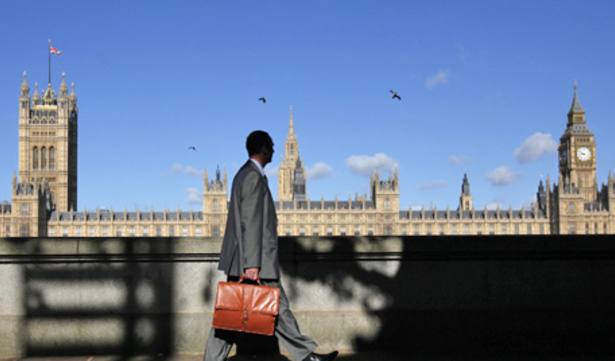Mr Connolly cautions: "The newer Isa versions are well-intentioned, such as to help people onto the property ladder or to invest tax efficiently in different assets. But there is a risk that these changes, and the different rules which can apply to different products, can cause confusion
"This would be a pity as one of the key benefits of Isas has, in the past, been their simplicity."
Nonetheless, despite their increasing complexity, Isas have an important role to play in basic financial planning, even if it is just to hold emergency money.
Mr Connolly says: "Everybody needs accessible cash savings to cater for any emergencies or short-term requirements, and cash Isas are the ideal products for this purpose, with savers benefiting from tax-free interest.
"Also, everybody should ideally be planning for the longer-term.
"For most people, the best approach for longer-term investments is a combination of pension and stocks and shares Isas."
He notes: "Pensions provide initial tax relief but aren’t flexible for younger people, whereas stocks and shares Isas can also be tax-efficient and provide far greater flexibility, meaning people can access their money if they need it.
"The Lifetime Isa can also play an important role in helping younger people get on the housing ladder, with government bonuses providing a boost to their savings as they try to build a mortgage deposit."
Mr Gallacher says that, despite recent changes, they can have a role to play in some more complex tax planning.
He explains: "Even if not necessarily offering any immediate tax advantages for people I still think Isas should form the start point for any investments people are thinking of building.
"This is because of that principle of building barriers between you and the taxman.
"When the 20 per cent tax credit was abolished on dividends there was an argument that Isas no longer offered a tax advantage for most people. But the implementation of the additional 7.5 per cent dividend tax for basic rate taxpayers (32.5 per cent for higher rate taxpayers) on dividends in excess of the £2,000 dividend allowance, shows how quickly tax rules can change."
He sets out: "For example, a basic rate tax-paying company director with £10,000 of salary, £30,000 of dividend income from his own business, and a £100,000 investment portfolio paying £3,000 a year in dividends, would be saving £225 a year in dividend tax by having accumulated that £100,000 within an Isa, as opposed to outside an Isa."
melanie.tringham@ft.com






